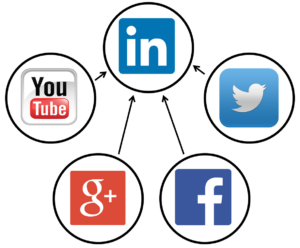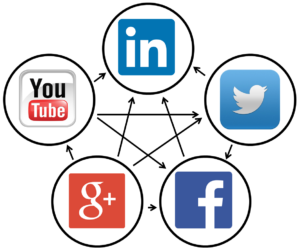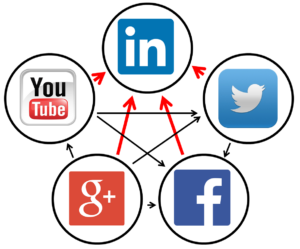In the fast-paced world of marketing, it is integral to stay on top of the projects and tasks at hand. Many professionals create to-do lists in an effort to organize the madness, but having a huge inventory of tasks to complete can often increase stress levels.
There are many methods of prioritization, but not all of them will work for you. Some people prefer to tackle their biggest tasks first, while others will start with the tasks they can finish quickly and easily, with minimum effort. It is up to you to determine the prioritization technique that will help you comfortably complete your projects before the impending deadline. Over the next several weeks, our blog posts will highlight different methods for prioritization. Our post today features one incredibly helpful technique to help you stay on task: The Hoshin Star Method. Mike Desjardins of Virtus Inc. penned an in-depth analysis of the process in this 2012 article.
Stemming from a popular Japanese management concept of the 1950’s, the Hoshin Star is a strategic planning technique that can be used to prioritize any number of tasks or objectives by weighing each task against the others, head-to-head. For example, let’s take a look at how to prioritize updating our social media outlets: Facebook, Twitter, LinkedIn, Google + and Youtube. The following steps, with graphics, will assist you in creating the Hoshin Star.
Step 1: Draw five circles, with those five circles creating one larger circle.
Step 2: Write one of your five tasks in each circle, as shown in the image below.

Step 3: Starting with your top circle, compare the task’s importance to the other tasks in the larger circle. (Desjardins mentions that comparing two tasks can be made easy by asking, “Which has to happen first,” or “Which drives the other?”) Draw a line between each task, and make an arrow head point to the task that is most important. As you can see in the second image below, we start by comparing LinkedIn to Twitter, followed by Facebook, Google +, and finally YouTube. You’ll notice that in this first round of comparison, all four arrowheads are pointing to the LinkedIn circle.

Step 4: Compare each task to the other four, making sure to point the arrow head to the most important task as shown in the figure below.

Step 5: Now that each task has been compared to the others, you are able to determine the most important task. The circle with the most arrowheads pointing toward it holds the most important task. The red highlights below show us that the most arrowheads are pointing to the LinkedIn circle. This is our most important social channel because, as a business-to business marketing agency, that is the channel used by most of our current and prospective clients. LinkedIn is followed by Facebook, Twitter, YouTube, and finally Google +. (For more information about B2B marketing and different social media networks, read this article from business2community.com.)

While our example only included five tasks, this technique can be used with any number of items on your to-do list.
This is just one example of many different prioritization techniques, and each is helpful in its own way. Once you find the system that works for you, it can be very simple to prioritize, create a plan of action, and execute, leading you to a less stressful and more successful workday.
How do you prefer to prioritize your time or projects? Let us know in the comments below!
